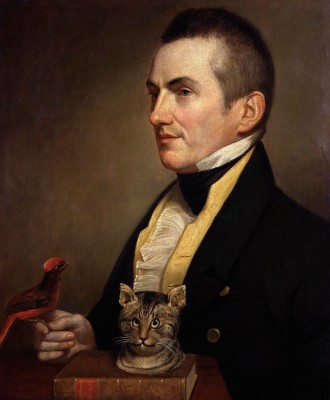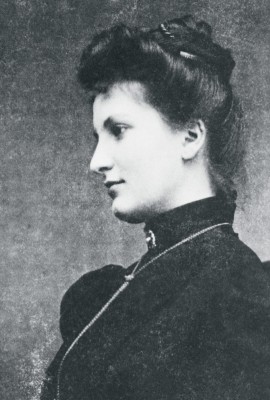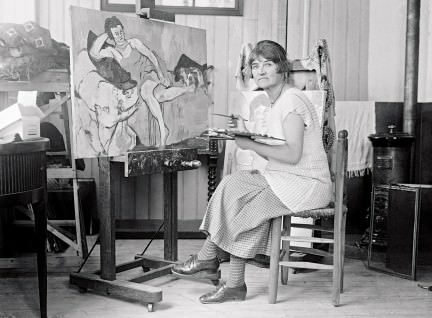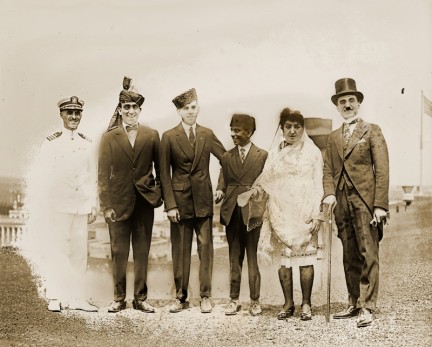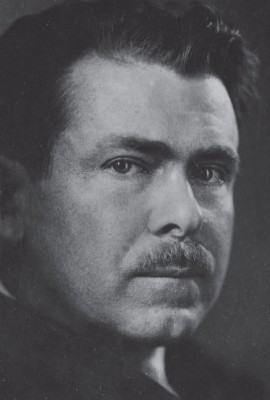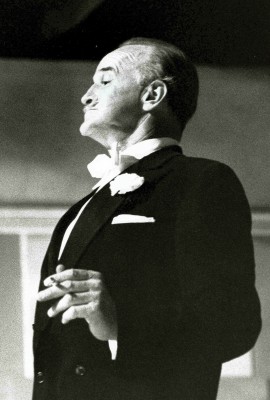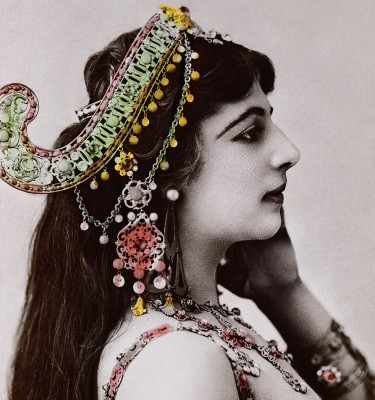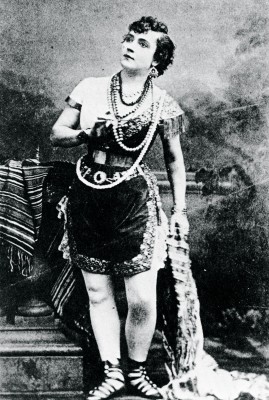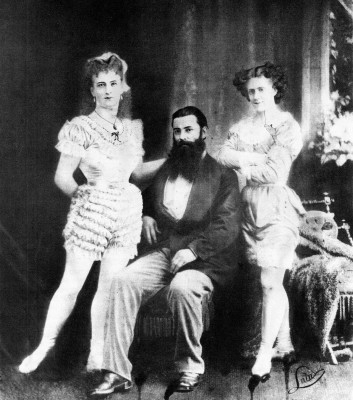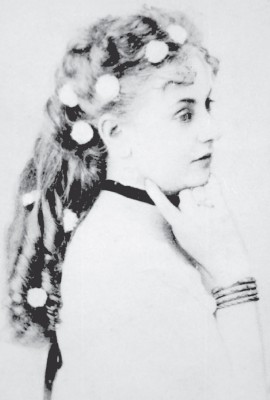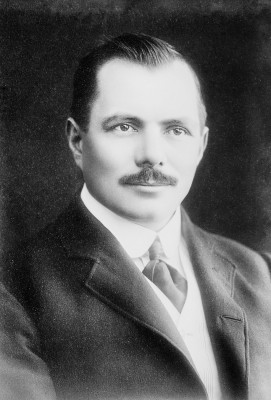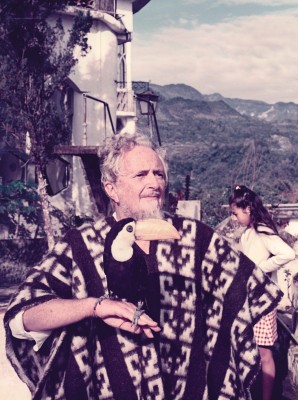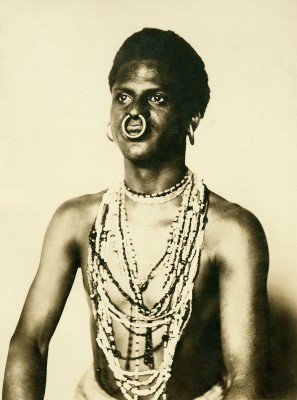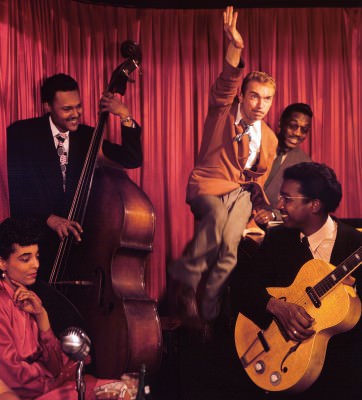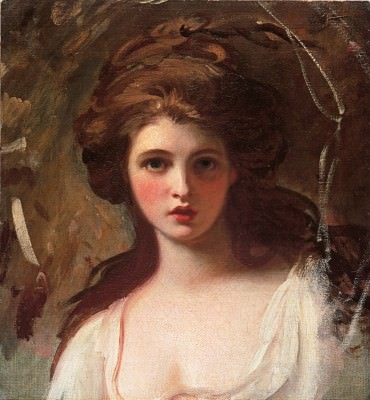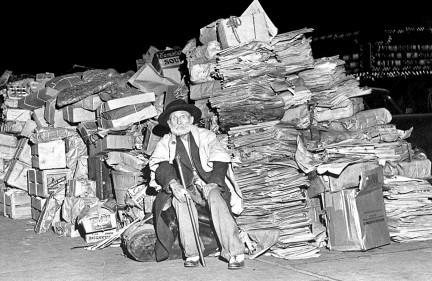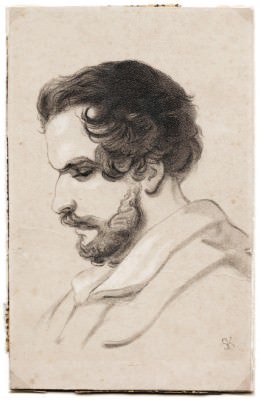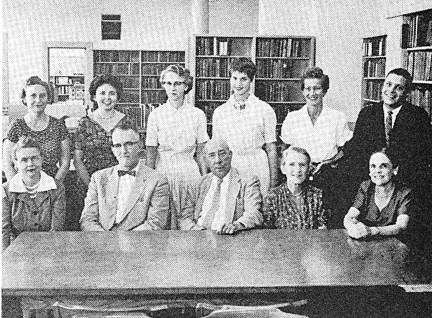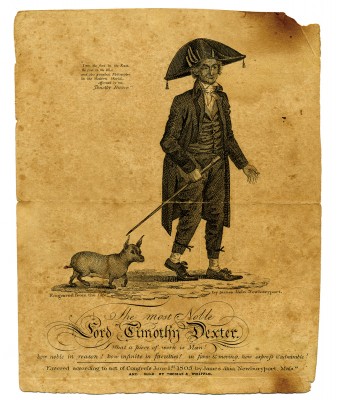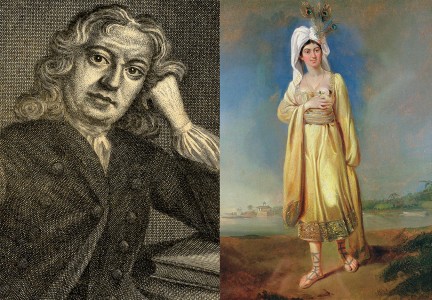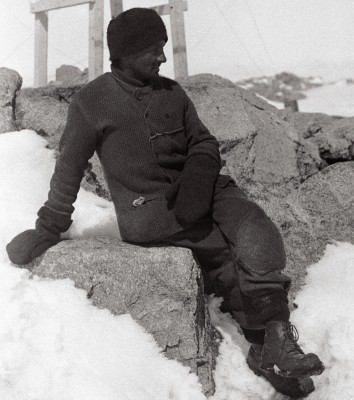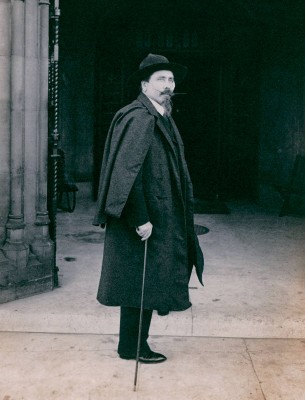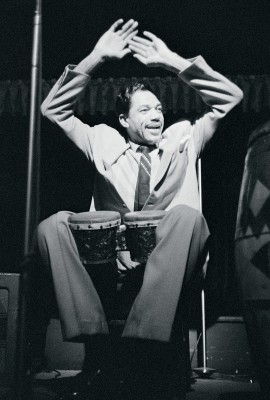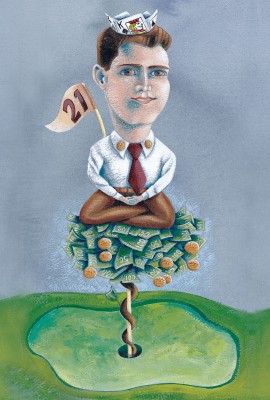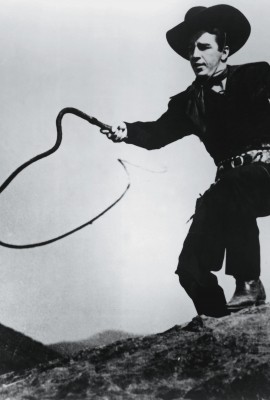Charles Waterton only spent a few days in Canada, in 1824, visiting Quebec City, Montreal, and Niagara Falls; although there are lakes and a national park in southern Alberta named after him, he never actually ventured that far.
Jim Christy
Perpetual Bride and Cultural Icon: Alma Schindler Mahler Gropius Werfel
FROM THE ARCHIVE: She lived a long, well publicized life. She knew and loved, was married to or had affairs with, some of the most famous men of her time. Now, decades after her death, she is still, if not famous, then legendary.
Artist Suzanne Valadon Was (and Still Is) the Heart of Montmartre
FROM THE ARCHIVE: Suzanne Valadon has been associated with the streets of Montmartre— from the days of the Paris Commune in 1871, far beyond her death in 1938, to the present day.
The Roguish Achievements of Expert Scam Artists
Move over Catch Me If You Can, because real-life scam artists Frederick Emerson Peters and Stephen Jacob Weinberg were born to be outrageous miscreants.
William Seabrook, Author, Adventurer, and Fine Young Cannibal
I thought it might be interesting to find one anecdote to best encapsulate the strange life of William Seabrook. But, then, his life was so full of incident and he knew so many of the kind of people who are ornaments to any reminiscence that it seemed too daunting a task.
Lord Buckley Takes the Stage
FROM THE ARCHIVE: Richard Myrle Buckley, a former logger, was not only decades outside his time, he was untamable and unclassifiable. Some other way lies fame and fortune, his way lies legend.
The Most Notorious Female Spy: Mata Hari
FROM THE ARCHIVE: The most notorious of all female spies, the personification of the femme fatale, the mysterious exotic and erotic dancer from the East, Mata Hari was really Margaretha Geertruida Zelle, who broke away from her Friesland home in the Netherlands by answering a personal ad in the newspaper.
Adah Menken Made The West Wilder
FROM THE ARCHIVE: According to the reporter on the Virginia City Enterprise, a fellow named Mark Twain, Menken had the effect of “a vast spray of gas jets.” She was “a magnificent spectacle.” Not a star but “a whole constellation.”
The Canadian Boy Who Became the Great Farini
FROM THE ARCHIVE: In 1859, at the foot of Walton Street in Port Hope, Ontario, a local boy named William Hunt walked a tightrope over the Ganaraska River. Just a few months later, he was calling himself Farini, after an obscure Italian revolutionary, and he soon became the second man in history to cross Niagara Falls on a rope.
The Unusual Tale of the Cult Of Eliza Lynch
FROM THE ARCHIVE: By the time Eliza Lynch was 25 years old she owned more real estate than any other woman in the world: in addition to dozens of town and city properties, 10 million hectares of countryside.
Scalawags: Hugh D. McIntosh
Hugh D. McIntosh. His nickname summed up the man perfectly: Huge Deal. He made and lost fortunes time after time in his whirlwind of a life.
Scalawags: Edward James
It was early one morning, on the terrace of Hotel San Ignacio in Xilitla, Mexico, and I asked the manager where the structures were. He pointed toward distant mountains. “That way,” he said, shaking his head as if in wonderment at something he couldn’t understand.
Scalawags: Bata Kindai Amgoza ibn LoBagola
He called himself Bata Kindai Amgoza ibn LoBagola, and in the frontispiece to his autobiography LoBagola: An African Savage’s Own Story, he described himself as “a black Jew, descended from the lost tribe of Israel, a savage who came out of the African bush into modern civilization and thenceforth found himself an alien among his own people and a stranger in the twentieth century world.”
Nek Chand’s Rock Garden of Chandigarh
The legend of Nek Chand Saini and his sprawling odds-and-ends world in the north of India begins when he was just a lowly road inspector and first dreamed his great creation. In order to fulfill his vision, in 1958 he began to pick material from the refuse of buildings that were being demolished for the construction of the planned city of Chandigarh.
Scalawags: “The Hipster” Harry
It was my good fortune to have known some of the last of the old breed of swinging jazz musicians. This was before jazz put on shorts and a ball cap and made nice. Many of these individuals are now legendary, as opposed to merely famous, and one of them, whom, alas, I did not meet, seems more legendary than the rest.
Emma Hamilton Beat All the Odds to Become the 18th Century’s Goddess of Health
Consider the young lady of the night leaning against a lamppost in London’s Soho district in 1778. The girl, Amy Lyon, had somehow managed to survive all odds to reach the age of 13. Her father, a blacksmith, died when she was less than two months old; after her mother fled to London, Amy was brought up by her grandmother, and her diet consisted of bread, potatoes, and lard.
Scalawags: Honoré Jaxon
Had you been strolling down 34th Street in Manhattan back on December 12, 1951, maybe a tourist headed for the Empire State Building just down the way, you would have come upon a most curious sight: a massive collection of books and papers commandeering the sidewalk for 11 metres, stacked two metres high and three metres deep.
Scalawags: Edward John Trelawney
I knew Trelawny was a scalawag to the nth degree, but I also knew he had a reputation for being a liar and no more than a hanger-on in the circle of Romantics that revolved around the poets Byron and Shelley in the early 1800s. He certainly needed more investigation, which I have by now done. So how much is true, and why did the numerous chroniclers hate him so?
Scalawags: Good ol’ Uncle Bill
My aunt Louise had just married my new uncle, Bill, and my parents and I had travelled south for a week to visit them in Virginia. When we thought everyone was asleep, Uncle Bill came downstairs, got out the bourbon and poured me a “tad”, as he called it, and we watched the late late movie. I was 13; it was 1958.
Scalawags: Timothy Dexter
Timothy Dexter, who referred to himself as “the first Lord of America”, was regarded as simple-minded, though funny and irascible. He had a head full of ideas and more energy than 10 men, and he loved to take a chance.
Scalawags: The Fake Formosan and Princess Cariboo
The world, it seems, is rife with imposters, most of them as dull as dishwater, like guys pretending to be war heroes or drummers in obscure rock bands. Others are more daring, like Ferdinand Waldo Demara and Frank Abagnale, who passed as doctors, airline pilots, preachers, and military officers. Daring they may have been, but scalawags they were not.
Scalawags: Herbert Dyce Murphy
Herbert Dyce Murphy never conned a greedy sucker out of his life savings or convinced the natives of tropical isles that he was the returned white god of their myths. The man didn’t even smoke or drink. And yet, in the roster of scalawags, he has to be near the top.
Scalawags: Samuel Franklin Cody
The greatest figure in the pioneer days of British aviation—the first person to take to the air in a motorized vehicle, and the holder of all the early flight records—was an American cowboy, a genuine Texas sharpshooter, horse wrangler, cowpuncher, and star of Wild West shows: Samuel Franklin Cody.
Scalawags: Slim Gaillard, Satin-Smooth
Slim Gaillard told a lot of stories about himself and he told them well. As is the case with many such storytellers, especially ones who’ve been around, he had his doubters and detractors.
Scalawags: Titanic Thompson
Titanic Thompson created fantastical propositions that reached fruition and could see five hands ahead. He made millions at poker, golf, craps, horseshoes, shooting and the proposition.
Scalawags: Lash LaRue
It was the winter of 1966, and I was in a Cuban restaurant on Washington Avenue in Miami Beach, eating a media noche in the middle of the afternoon. By the third cup of coffee, I was down to reading the three-line crime items in the back pages of the Herald, and there it was: “Former Western Movie Star Busted for Vagrancy.”

